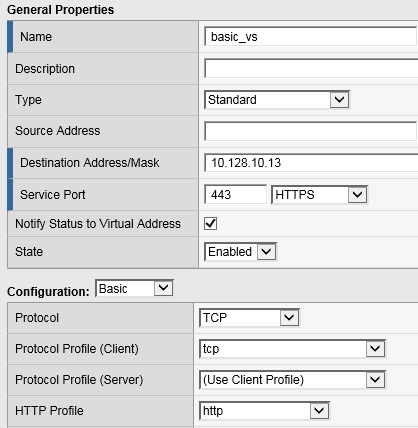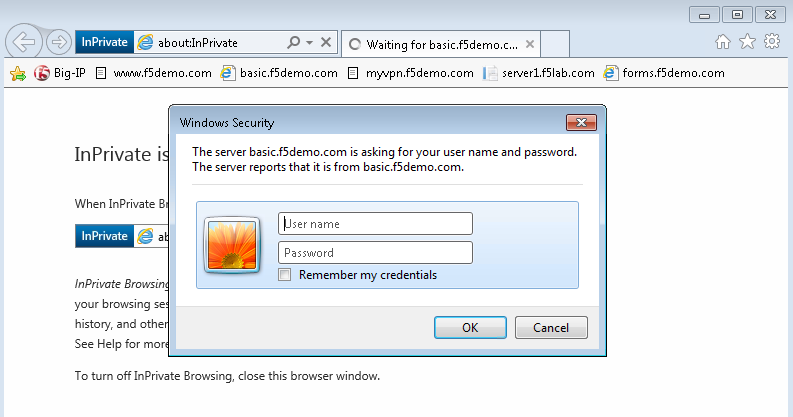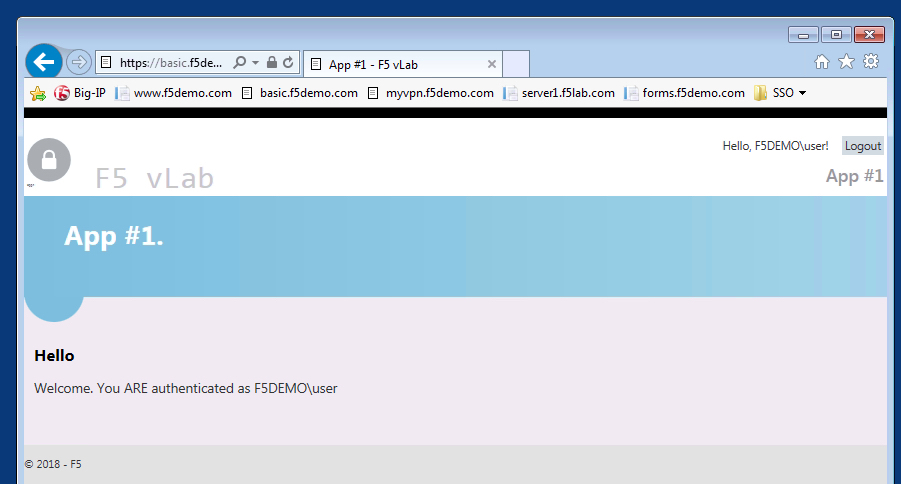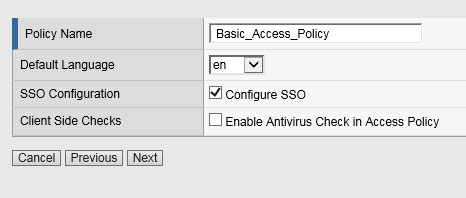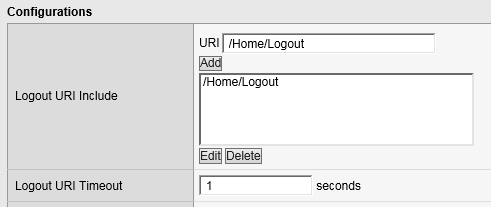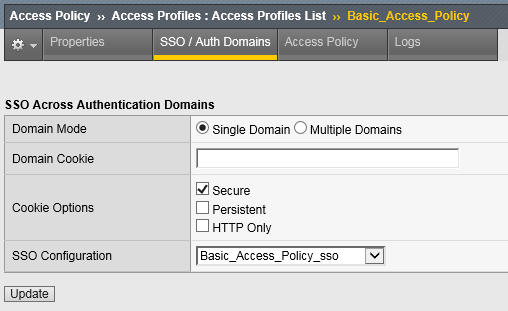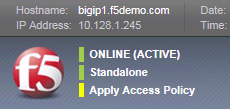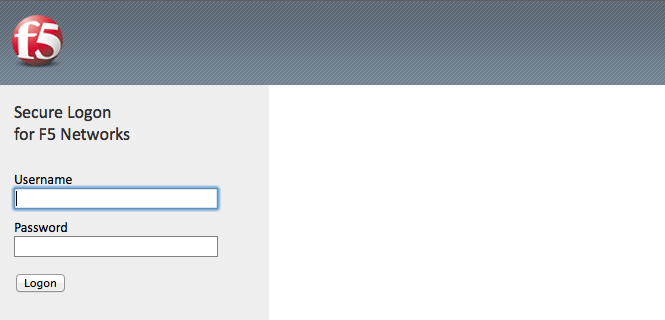F5 Identity and Access Management Solutions > Archived Identity & Access Management Labs > Class 7: Introduction to Universal Access Source | Edit on
Lab 6 – BASIC Authentication¶
In this lab, we will show you how to configure basic authentication leveraging the SSO functionality of APM.
Note
Lab Requirements:
- BIG-IP with APM licensed and activated
- Server running AD and Web services
- Local Host file entries on the Jump Host
Task – Create a Pool¶
Browse to Local Traffic > Pools and click the ‘+’ next to Pools List to create a new pool.
Name the pool “basic_pool”
Assign the monitor “http” by selecting the monitor and moving it to the left.
Add the following “New Member/Node” to the pool and click Finished:
Node Name: basic, Address: 10.128.20.203, Service Port: 80
Task 2: Create a Virtual Server¶
Browse to Local Traffic > Virtual Servers and click the ‘+’ next to Virtual Server List to create a new one.
Use the following information to create the virtual server and leave other settings as default, then click Finished:
Name the pool “basic_vs”
Destination Address: 10.128.10.13
Service Port: 443
HTTP Profile: http
SSL Profile (Client): f5demo
Source Address Translation: Auto Map
- Default Pool: basic_pool
Task 3: Testing without APM¶
Observe the current behavior of the login page without APM authentication.
- Open a private browsing window and go to https://basic.f5demo.com. You should receive a prompt that looks similar to the following screen shot:
Enter the following credentials:
- Username: user
- Password: Agility1
Once successfully logged in you will see a webpage similar to this one:
Close the private browsing window.
Task 4: Create Access Policy to use with Basic Authentication¶
Open the Wizards > Device Wizards page.
Click Next for Option 1 on the Configuration Options page
Configure Basic Properties for the policy
Configure Authentication type used for policy
Configure SSO
Configure Virtual Server
Review configuration and click Next
Review the “Setup Summary”, which shows all (existing and new) objects associated with this new policy.
Click Finished
Add a logout URI Include to the new access policy
Enable the SSO Configuration
Task 5: Applying Access Policy¶
After you create or change an access policy, the link Apply Access Policy appears in yellow at the top left of the BIG-IP Configuration utility screen. You must click this link to activate the access policy for use in your configuration.
Click the Apply Access Policy link, which will bring you to the Apply Access Policy screen, with a list of access policies that have been changed.
Select the Access Policy and click the Apply button (by default, all access policies that are new or changed are selected).
After you apply the access policy, the Access Profiles list screen is displayed.
Task 6: Testing with APM Authentication¶
Observe the behavior of the login page with authentication enforced by APM.
Task 7: Testing Logout¶
Earlier in Task 3, Step 9, we defined a Logout URI Include for this Access Policy. This is a list of logoff URIs that the access profile searches for in order to terminate the Access Policy Manager session. The URI we used was /Home/Logout, and the default logout delay is 5 seconds which was modified to 1 second.
- Click the Logout link located at the top right of the web pagee
- Wait 1 second
- Click the “App #1” link in the banner at the top of the page
- You should be redirected back to the F5 logon page

